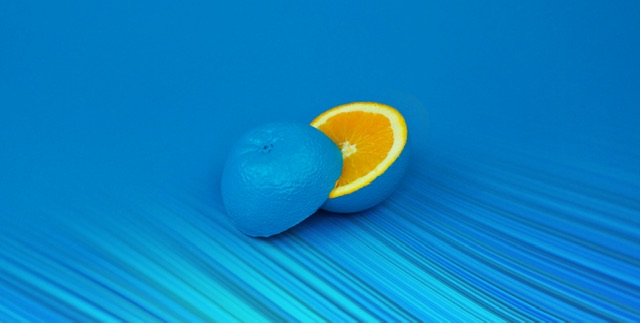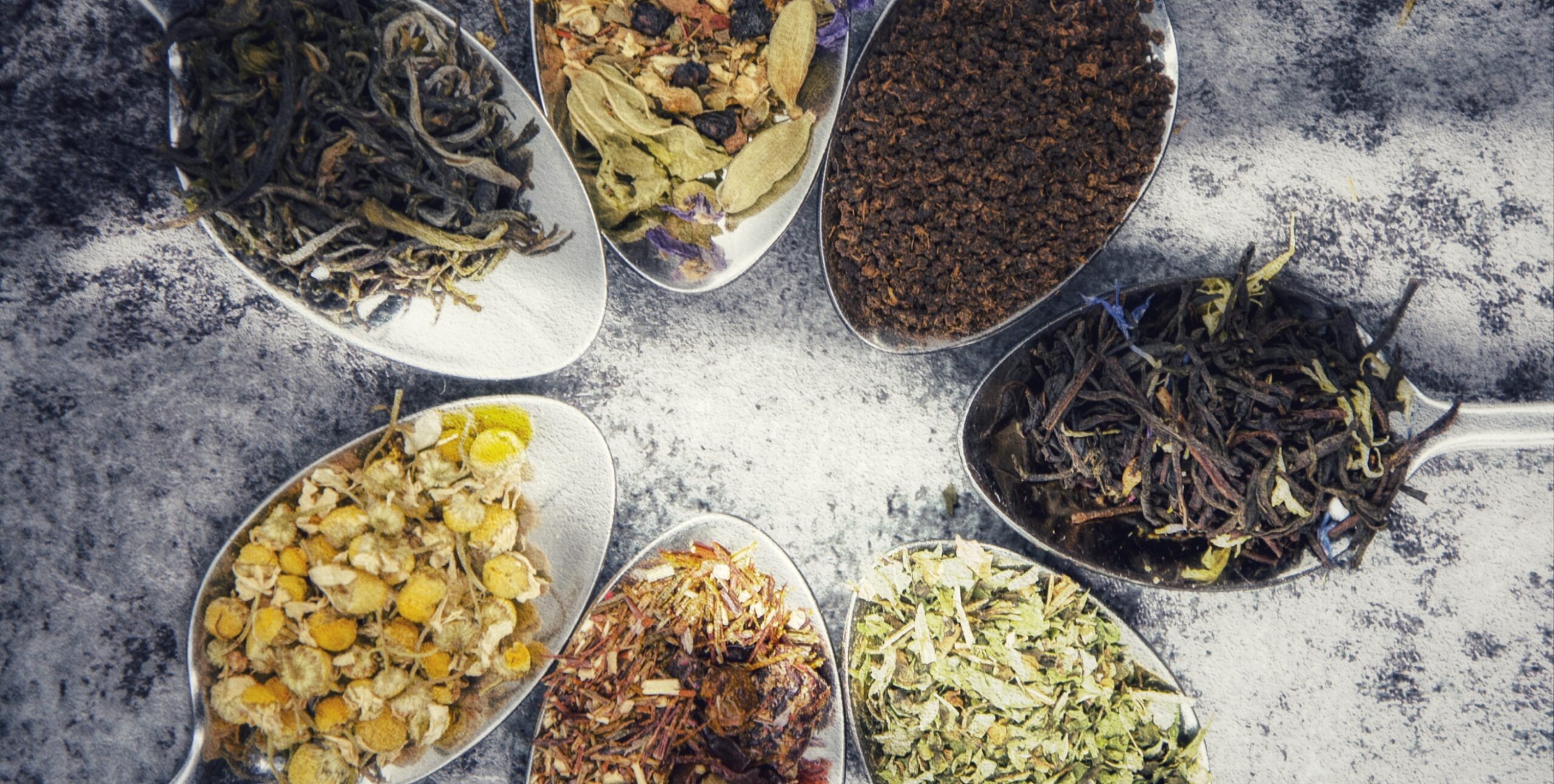Colours exist in various shades and each shade has a different effect on the body. Broadly speaking, red colour gives strength and can be found in foods like red meat, pomegranate juice, carrots, etc. The colour green has a cleansing effect, which is present in foods like neem, bitter gourd, bottle gourd and tori. The colour yellow has a healing effect such as that which is found in turmeric (haldi), which is an antiseptic. Speaking of different shades of the same colour, take red for example, one can clearly see the effect of darker shades of red and lighter shades of red. A darker red such as that of red meat is a much heavier food than pomegranate, which is a lighter red and is thus a lighter food.
It is not the intake of colours that depends on the individual’s physiology but it is the physiology, which is dependent on the intake of colours. Anyone interested in understanding this must get in touch with an experienced clairvoyant who will be able to tell what colours are deicient and which are in excess that are affecting the individual. So meat becomes an essential part of a worker’s diet and pomegranate for a golfer.
While making a food chart for a particular individual, it is important to understand the lifestyle that person is leading and also wants to lead. In our scriptures, the categorisation of the society into four varnas was by nature of the job being carried out by each of them. What is interesting to note is that the foods were also deined for each of these varnas, since the colours of those foods impacted the physiological and psychological make–up of each varna. The colours vary for vegetarians; there is a-complete spectrum of colours in strict vegetarian diets while for non-vegetarians too the spectrum exists.
Water largely is in the blue spectrum. However, depending on which segment of spectrum it falls in, it can have an“ inluence of icy coolness, luidity, turbulence, or stillness. Utilities of these would vary from the range of the spectrum, the shade it is falling in, etc which is a separate subject in itself.
Broadly the following colours indicate the corresponding
prana,
• Red–Life,heatenergy,anger
• Blue–Cool,vastness,consolidating
• Green–Assimilation,cleansing,purifying • Black–Secrecy,death,heaviness
• White–Purity,absorption,spirituality
• Violet–Spirituality
• Yellow–Healing,antiseptic,vibrancy
• Orange–Power,strength,energy,vibrancy
Caution: This is a generalization, each colour varies from a very light to a very dark shade and the quantities change. A clairvoyant is essential for correct interpretation.
Whenever there is a frequency where it is not supposed to be, there will be a disturbance and this disturbance is what one might call a side effect. There is no myth that the colour red be sparingly used. In fact, everything and every colour has to be in balance with each other. Too less or too much of any colour with respect to the other, till some level, will create an imbalance in the individual. While red deines heat in darker shades, in subtler shades, it also deines strength. Watermelon juice is red with water, which is blue. Clairvoyantly, prana of this juice is seen as whitish red, whitish blue, and whitish green in certain combinations. This makes the juice refreshing. The criterion for such a distinction is the combination in which each of these colours exists in prana and their cumulative effect.
We are all the time, consuming colour prana when we are eating food. You can do the simple exercise of ‘Colour Prana’ to experience the effect of colour. By channelising appropriate colours through their consciousness, participants come out at the end of the exercise feeling lightness and/or coolness in their abdomen. After a meal or heavy snacks, light orangish white colour is irst used to breakdown the food in the digestive tract. Orange being the colour of ire has that effect of breaking down. Greenish white is then used to cleanse and blueish white to cool. This simple demonstration proves the effect of the world of colours on digestion.
COLOURS IN FOOD



